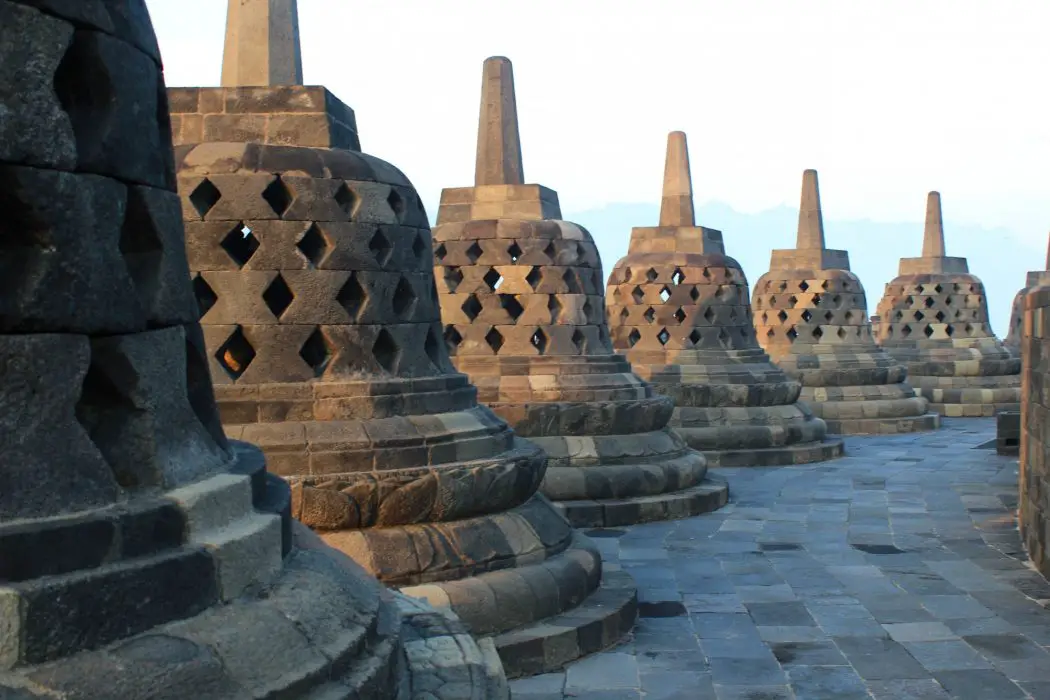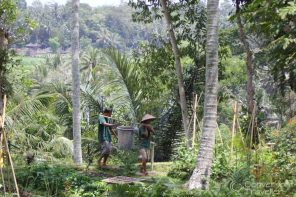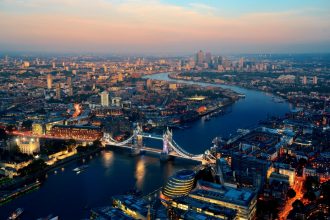If you’re heading to Indonesia the chances are that you’ll be spending some time on Java. Yogyakarta is the island’s main tourist city, and some say, the very soul of Java. The centre of artistic heritage, Yogyakarta is an intriguing blend of past and present. The city still has a sultan, and entertainment comes in the form of shadow puppets and gamelan. Yet this Central Javanese cultural hub is also bustling with traffic, mobile phone shops and trendy bars. Yesterday and today reside happily alongside one another, and it’s a great place to base yourself for a visit to the island.
So, what is there is do in Yogyakarta?
Kraton Palace
The main visitor attraction in Yogyakarta is the Kraton. Although still the official royal residence of the sultan, the Kraton Palace is today also used for political and official functions. The complex is open to the public during the morning, and visitors can view numerous royal heirlooms, as well as admire the proudly traditional architecture. Intricate carvings, floors of marble and golden dragons are all the order of the day here. Make sure you head to the inner pavilion at 10am for one of the performances, to experience Javanese singing and dancing, as well as the famous sound of the gamelan. Entry is by guided tour only, and several languages are spoken.
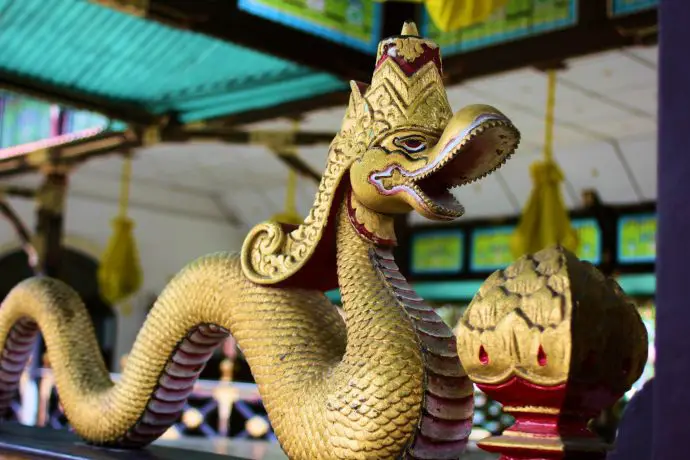
Borobudur
The world’s largest Buddhist monument resembles a massive stupa and sits majestically on a hilltop overlooking the lush Javanese plains. If you’ve only heard of one Buddhist temple, it will be this one! Built in the 9th Century, Borobudur is considered by some to be one of the seven wonders of the world. It is understandably the most visited attraction in Indonesia and somewhere I’d wanted to see ever since seeing Michael Palin’s Full Circle many years ago.
Buddhists and tourists alike make pilgrimages to Borobudur. The devout ascend the 10 terraces, walking past the stone carved relief panels narrating the life of Buddha on their journey upwards. Others prefer to just climb the steep steps straight to the top. Both experiences are rewarding.
Try and spot the 72 Buddhas hidden inside openwork stupas on the plateau, and enjoy the imposing views of the surrounding mountains and volcanoes. Borobudur is only an hour out of the city, so if you base yourself at a hotel in Yogyakarta a visit here can be easily done in a day.
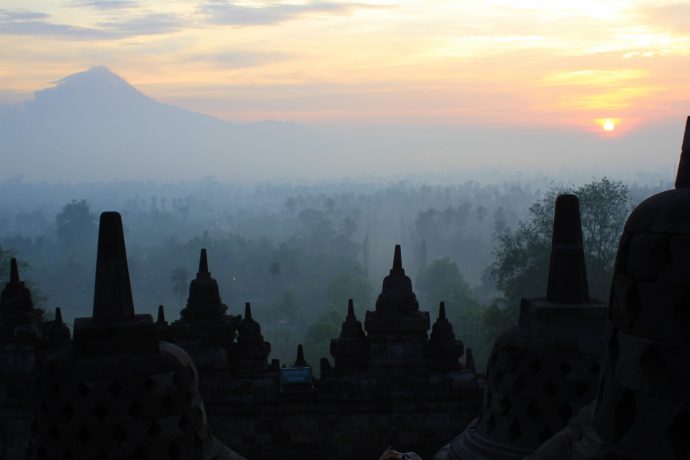
Prambanan Temple
Not quite as well known as Borobudur, but equally impressive is the 9th Century Prambanan Temple complex. Dedicated to Shiva, this UNESCO World Heritage Site is one of the largest temples in all of South East Asia. It’s certainly worth a visit if you have time. The imposing temple towers of this Hindu complex were designed to emulate the surrounding mountains, and the home of the Hindu gods. A fitting tribute to the landscape if ever there was one. Prambanan lies just 18km from Yogyakarta and is easily reachable by public transport on a day trip from the city.
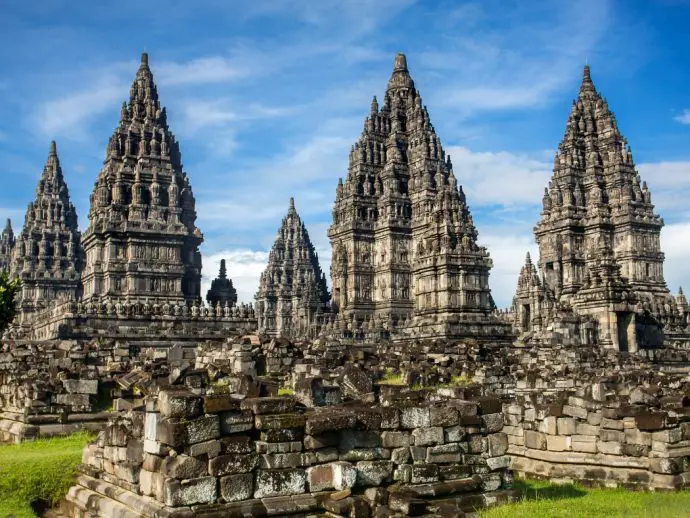
Mount Merapi
One of the most humbling experiences we had in Java was hiking up towards the famous active volcano, Merapi. Standing in the rubble amidst the sober remains of what was once a thriving village, we were reminded of the devastating power of nature. The local people used to rely on Mbah Maridjan, the ‘guardian’ of the volcano and keeper of spirits, to warn them about impending eruptions. Unfortunately he got the last prediction wrong and perished for his beliefs.
The hike is quite short, but those who feel less energetic can ask one of the villagers for a lift on their moped. Many of the inhabitants have set up makeshift shelters from which they sell drinks and ingenious hand-crafted souvenirs made out of lava. Quite when we’ll use our volcanic pestle and mortar I don’t know, but it looks good in our kitchen! I asked one family why they keep returning to rebuild the village after each eruption. Surely it would be safer to relocate. They told me this is their home, and their ancestors lived here. The generations of today don’t want to give up on their watch. I can totally understand their determination. It’s a beautiful landscape and perhaps living somewhere so stunning is worth the risk.
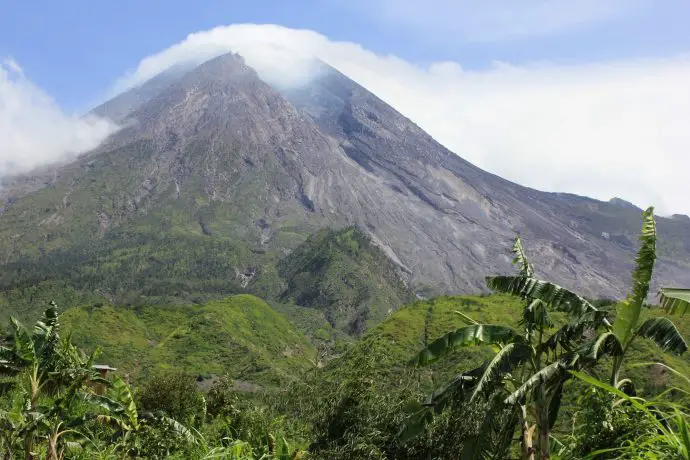
Taman Sari
Built in the 18th Century as a pleasure garden for the sultan, the Taman Sari was once a splendid park full of pools, pavilions and palaces. Not far from the Kraton, the complex was used for the sultan’s favourite pursuit – enjoying his concubines. Rumour has it he would sit in his tower and watch them swimming in the water below, before choosing one to join him in more private pleasures.
Ravished over the centuries by wars and earthquakes, today Taman Sari is mostly a ruin, although the bathing pools have been restored. You can also explore the underground passages that were built as an escape route for the royal family. Life at the top wasn’t all fun and games.
We loved our visit to Indonesia and count the country amongst our favourite destinations for a holiday. Indeed it’s one of the few places we plan to return to, as there is always something new to experience. Yogyakarta is the ideal base for a few days on Java, to explore some of the very best that the island has to offer.

